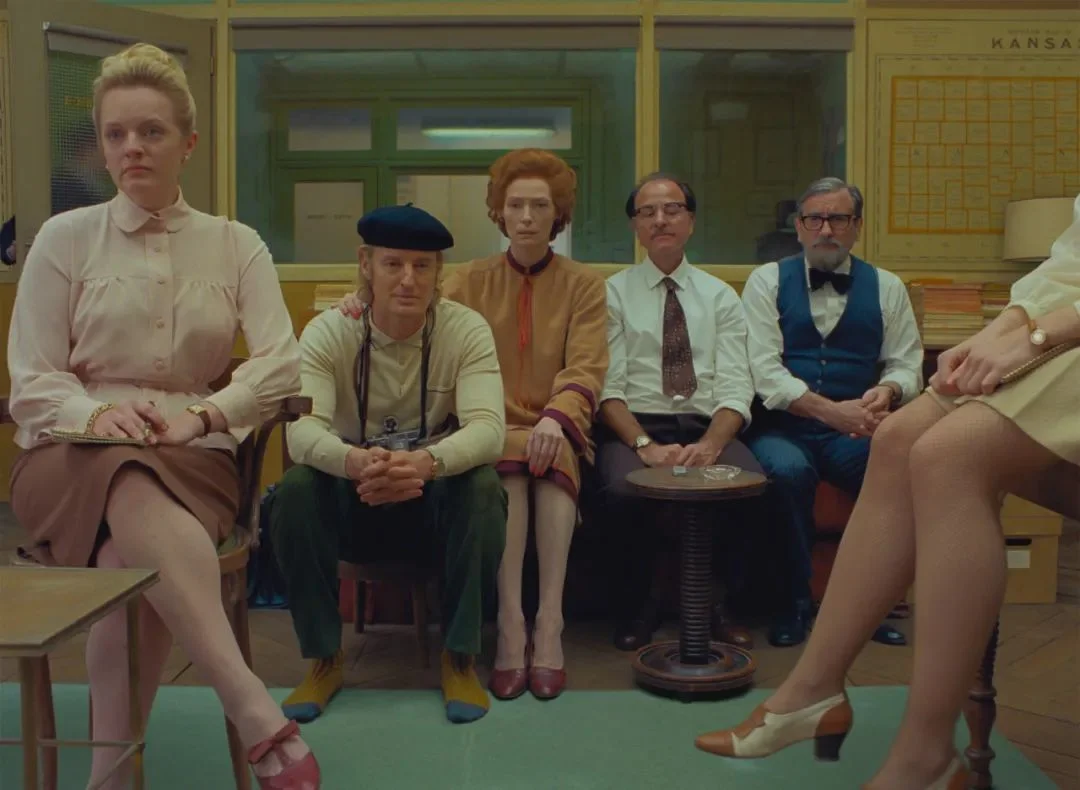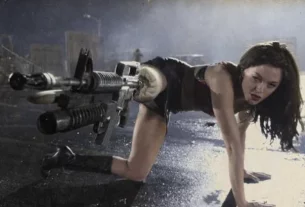How popular is “The French Dispatch” in Cannes?
The media screenings provided for journalists this year will be made online in batches according to the level of the certificate.
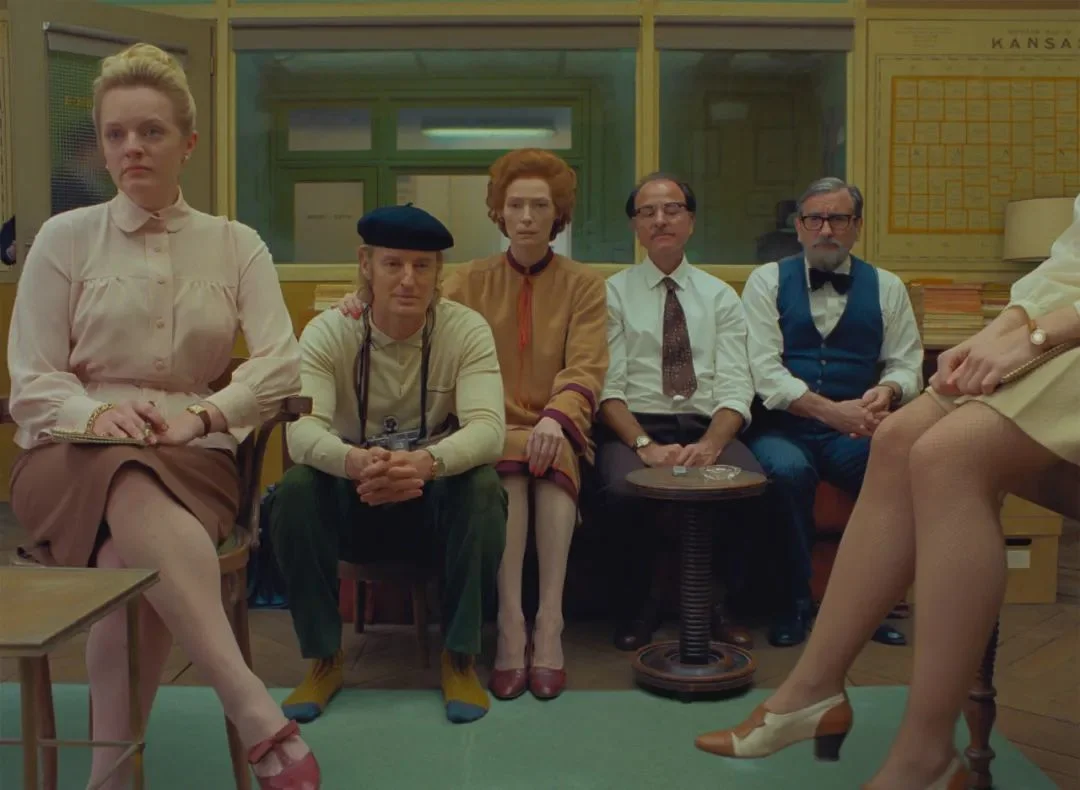
At the media venue on the night of the premiere of “The French Dispatch”, all the seats were sold out as soon as the tickets were opened. Whether it was the “last minute” or the next day’s re-screening, it was hard to get a ticket.
I don’t know if the film festival officials are worried that the film will cause too many hidden dangers, or the short chairman of the press conference can’t sit in the original lineup of the film that went to Cannes, so they simply canceled “The French Dispatch”. press conference.
Hours before the premiere of “The French Dispatch,” fans waiting in the fan area on the red carpet packed the seafront promenade.
And as the star-studded cast of “The French Dispatch” entered one by one, the entrance to the Lumière Hall was literally drowned out by screams and flashes…
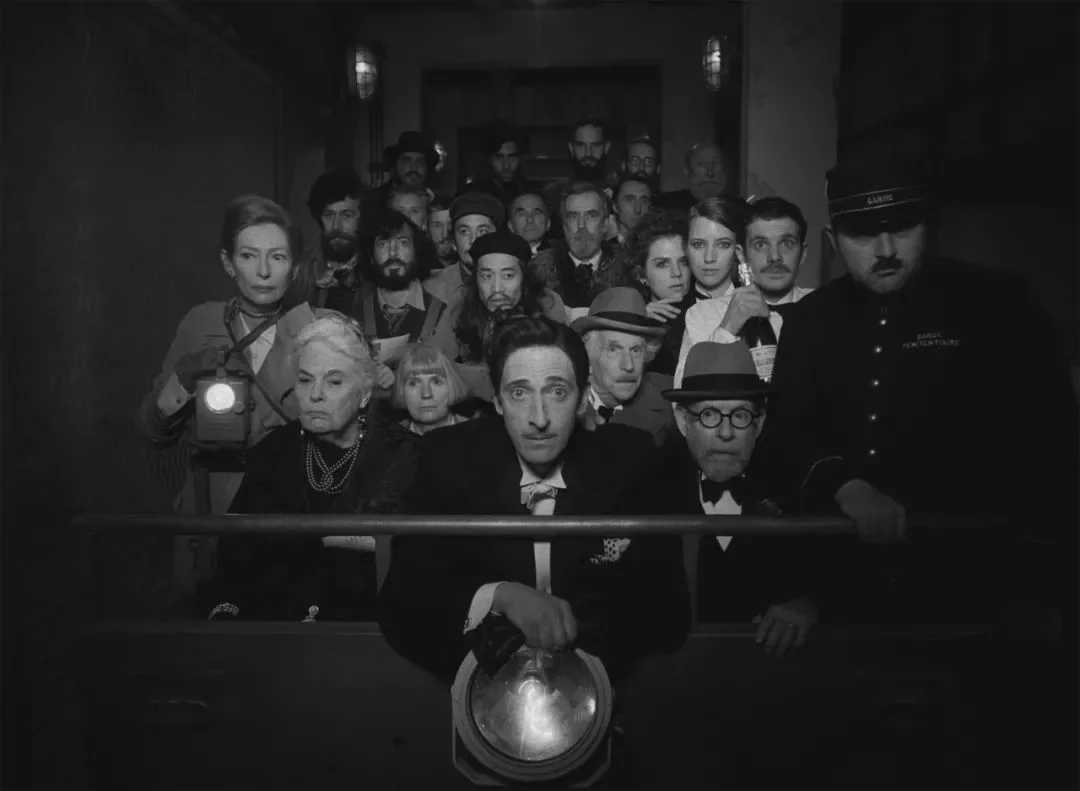
The Cannes Film Festival, ignited by “The French Dispatch”, vaguely showed the grand occasion before the outbreak.
And this “The French Dispatch” craze also illustrates the discerning eye of Cannes’ artistic director Fumau – at the 73rd Cannes Film Festival, which was forced to cancel in 2020, “The French Dispatch” was originally scheduled to be the opening film.
Until this year, “The French Dispatch”, which has remained loyal to the Cannes Film Festival, did not choose to release as originally planned, but patiently waited for the opening of Cannes and returned to the main competition.
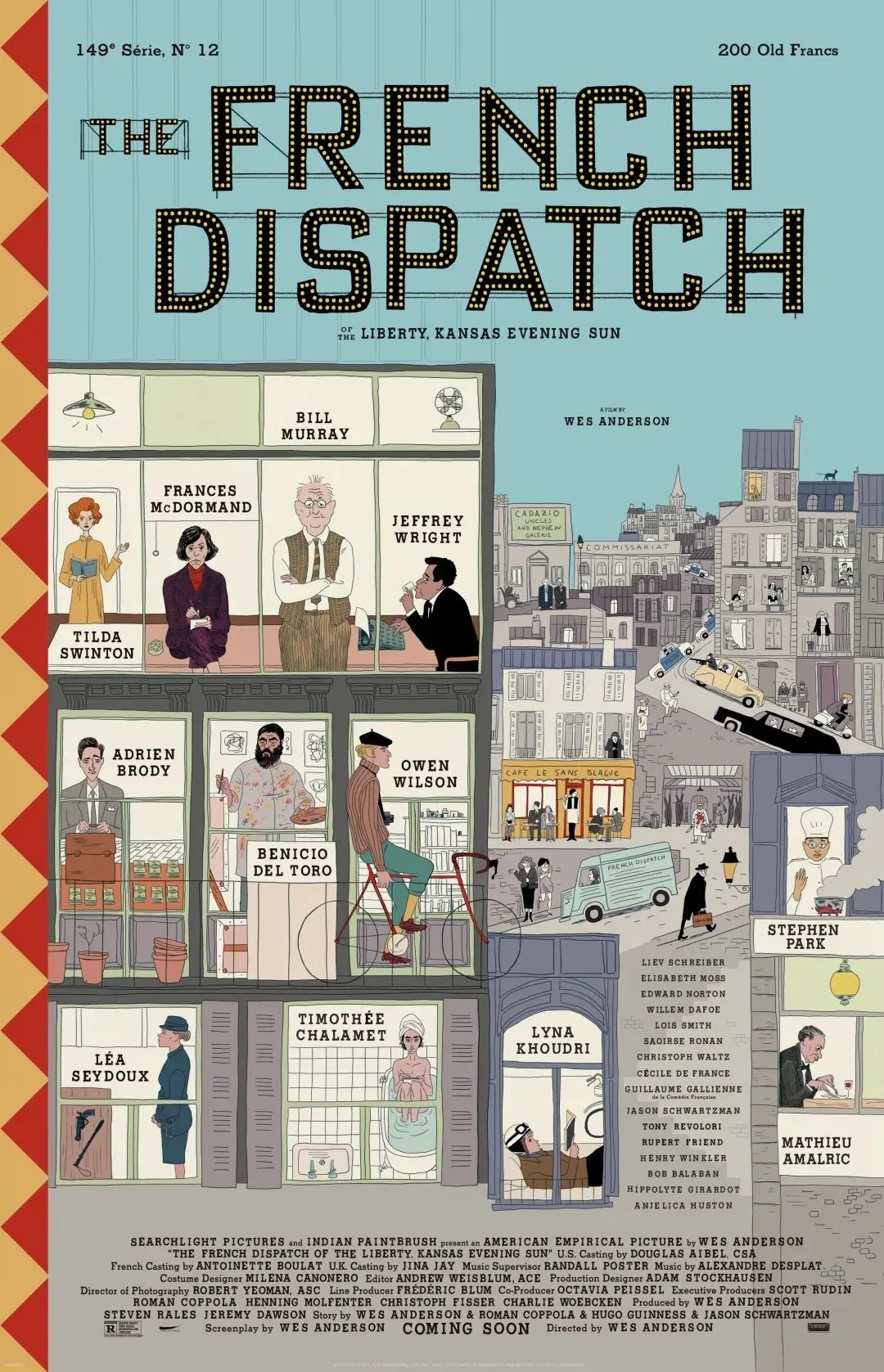
Fans around the world have been waiting too long for Wes Anderson and his new work.
“The French Dispatch” tells a “story of the editorial board”, a fictional newspaper called “Kansas Evening Sun” headquartered in the fictional French town of Ennui-sur-Blasé, focusing on culture, politics, gastronomy, and more , designed to provide intellectuals with lifestyle guidance.
Led by editor-in-chief Arthur Howitzer, played by Bill Murray, the art critic, played by Tilda Swinton, the political critic, played by Frances McDormand, and the food critic, played by Jeffrey Wright, are among the world’s leading publications.
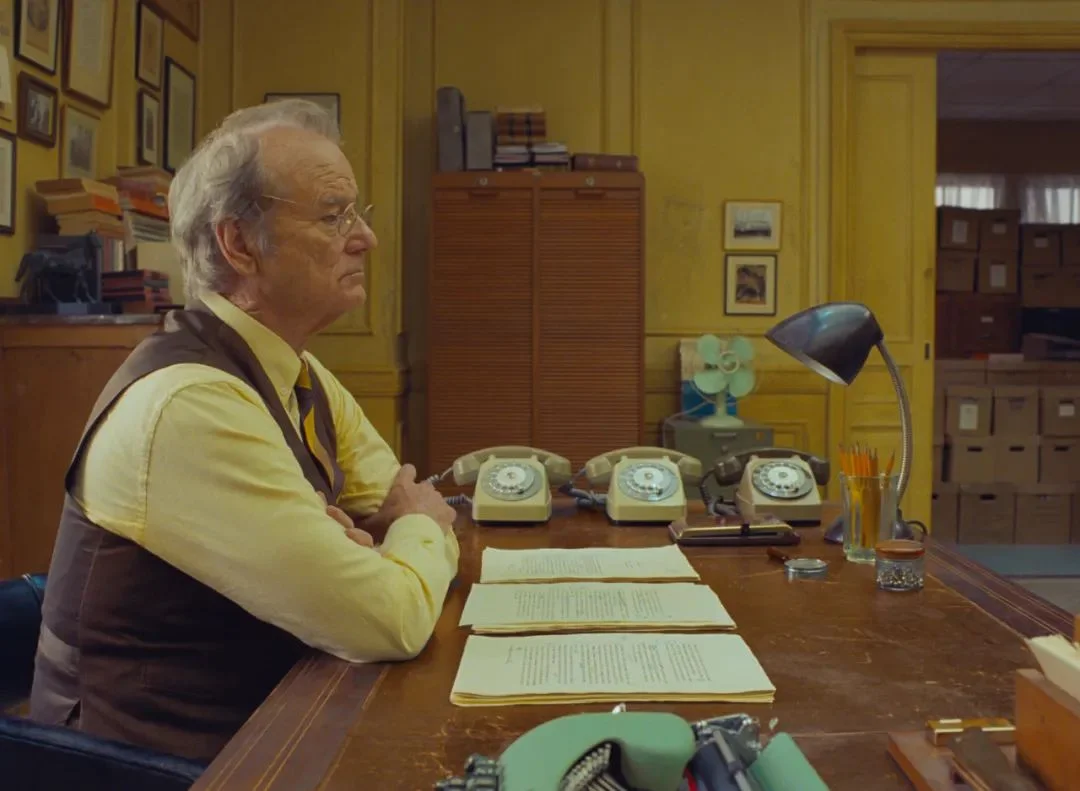
“The French Dispatch” adopts a block structure similar to that of a magazine column. It revolves around the reporting and writing process of the three writers, telling three interesting short stories, and supporting the whole film in the form of three independent short films.
But Wes Anderson doesn’t tell serious investigative journalism stories, and “The French Dispatch” is full of whimsy, weird people, and quirky fun.
The artist, played by Benicio del Toro, lived a turbulent life. After being imprisoned for manslaughter, he drank for ten years and did not pick up a paintbrush.
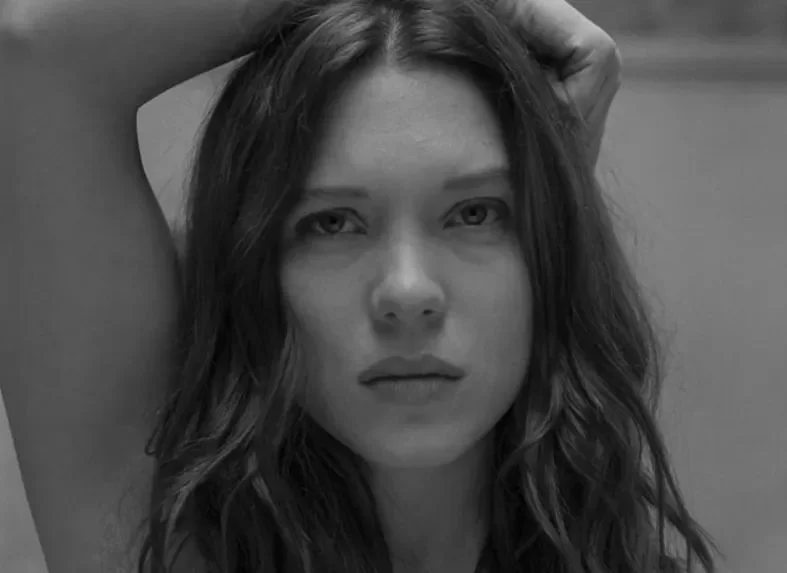
It was not until he fell in love with the jailer played by Léa Seydoux that he started to create contemporary art that no one could understand.
The inmate played by Andrea Brody, who gave full play to his character as a speculator, used his family capital to make the artist played by Benicio del Toro the first person in contemporary art.
The political commentator played by Frances McDormand, who has always advocated neutrality of the news, has a spark with the movement leader played by Timothée Chalamet while covering a local student uprising.
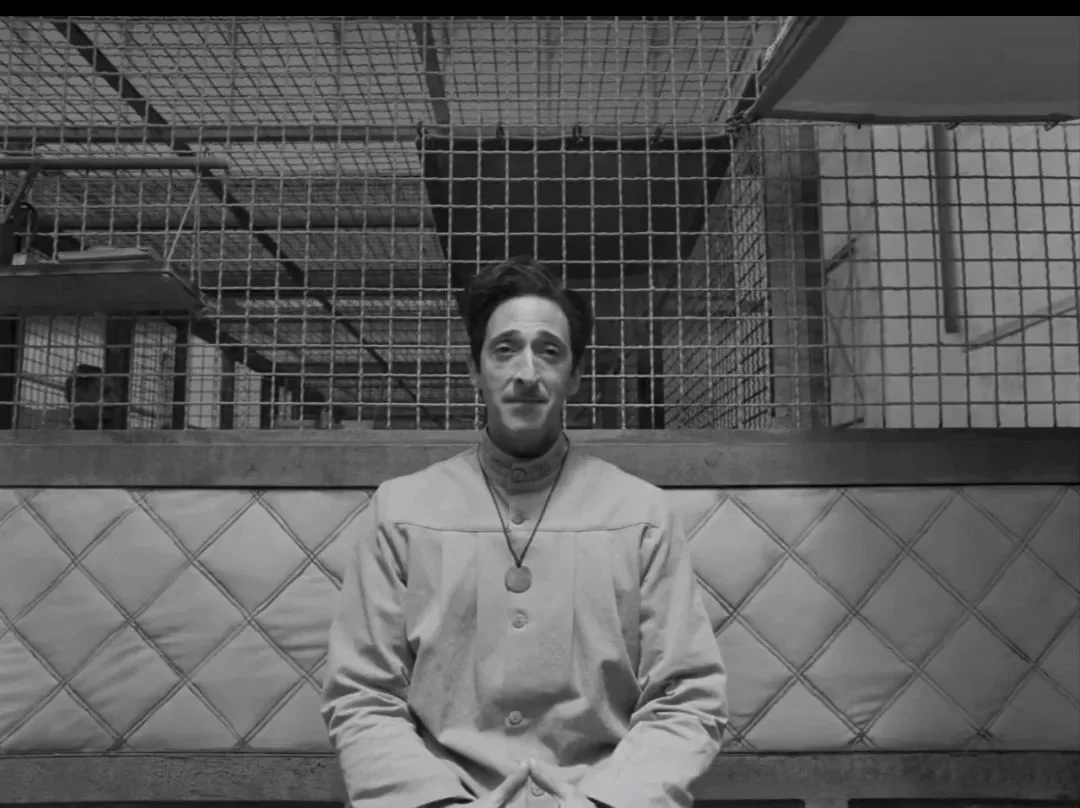
The gang driver was not poisoned by the police because he didn’t like eating radishes.
Owen Wilson, a columnist who always rides a bicycle, traverses the narrow streets to document the rise and fall of small towns.
“The French Dispatch” is probably Wes Anderson’s most visually imaginative work. After producing the gorgeous and exquisite “The Grand Budapest Hotel” and the critically acclaimed stop-motion animation “Isle of Dogs” It’s hard to imagine Wes Anderson taking it to the next level.
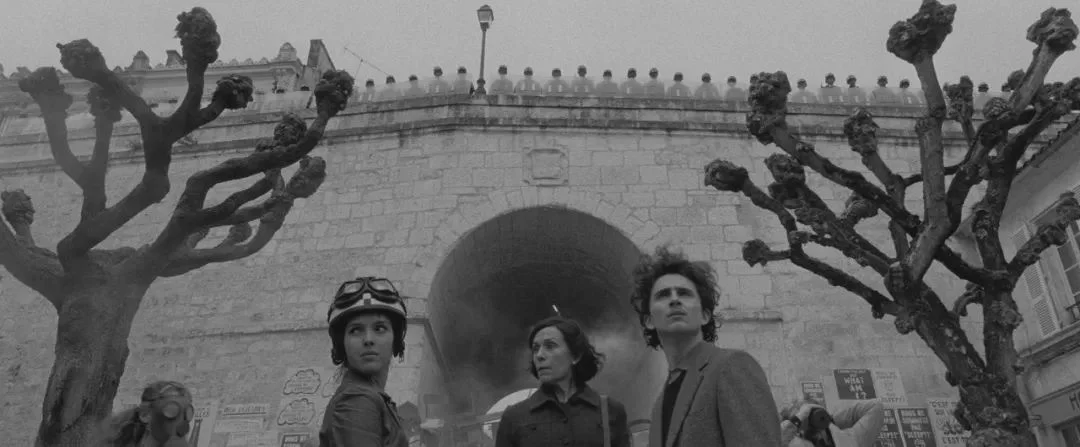
Needless to say, the familiar symmetrical composition, the classic macaron color matching can be seen everywhere, all kinds of sophisticated mechanisms, the characters’ classic and avant-garde costumes, the camera moves with a certain detail in the picture to change the design of the whole picture , all of which are familiar Wes Anderson recipes.
And this movie, set in France, allowed him to fully show his fascinated side.
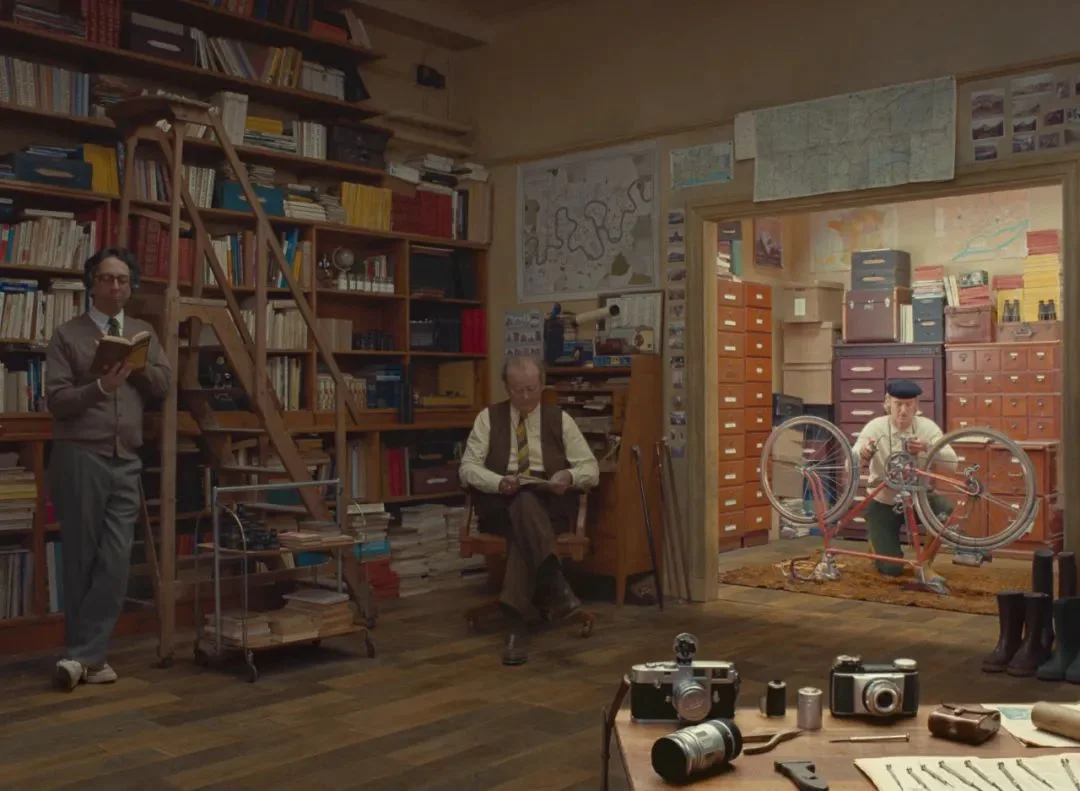
The smooth and witty sequence of transitions at the beginning recalls Jacques Tati, the artist story of Benicio del Toro is drawn in black and white, and the various neat cuts cannot but evoke Godard and his French New Wave.
Replacing expensive action spectacles with animation, striking visuals with alternating black-and-white and color footage, traversing town on Owen Wilson’s bicycle spigot.
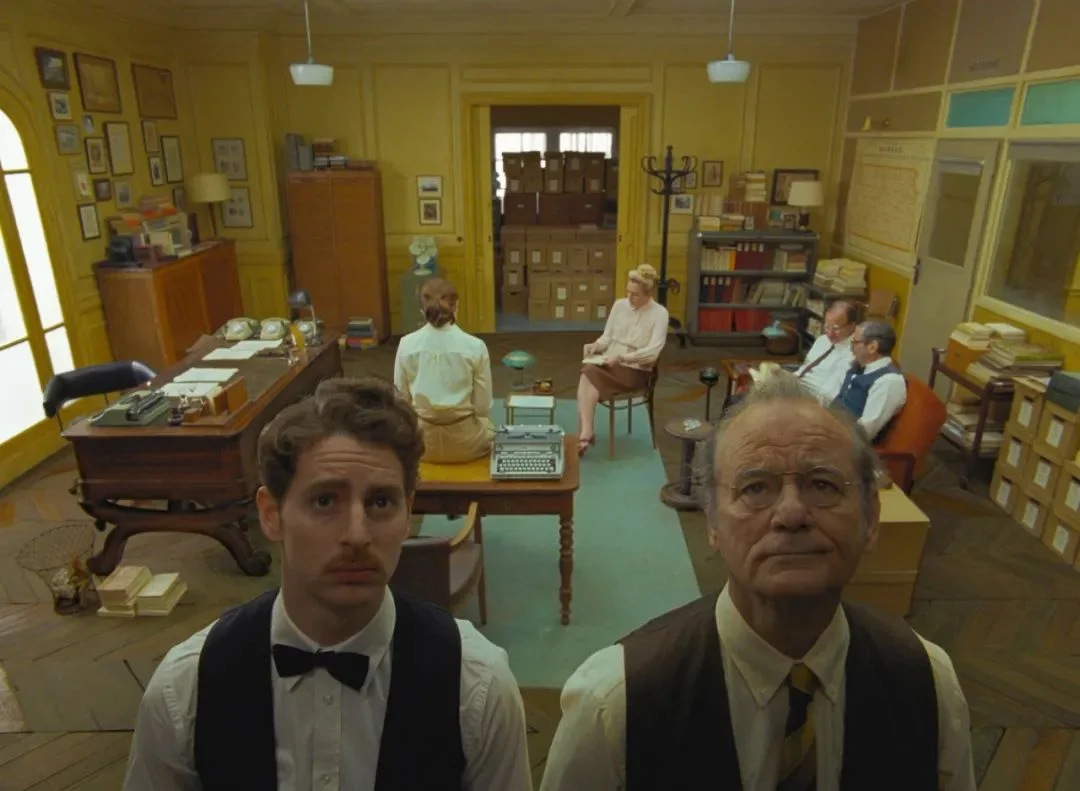
These are all ingenious ideas that Wes Anderson hand-picked, and all executed with astonishing accuracy, each frame is overloaded with information, making people want to take all the screenshots and enjoy them.
The first thought when watching the whole film is often “It’s hard to imagine the amount of work he has to do to make a film”.
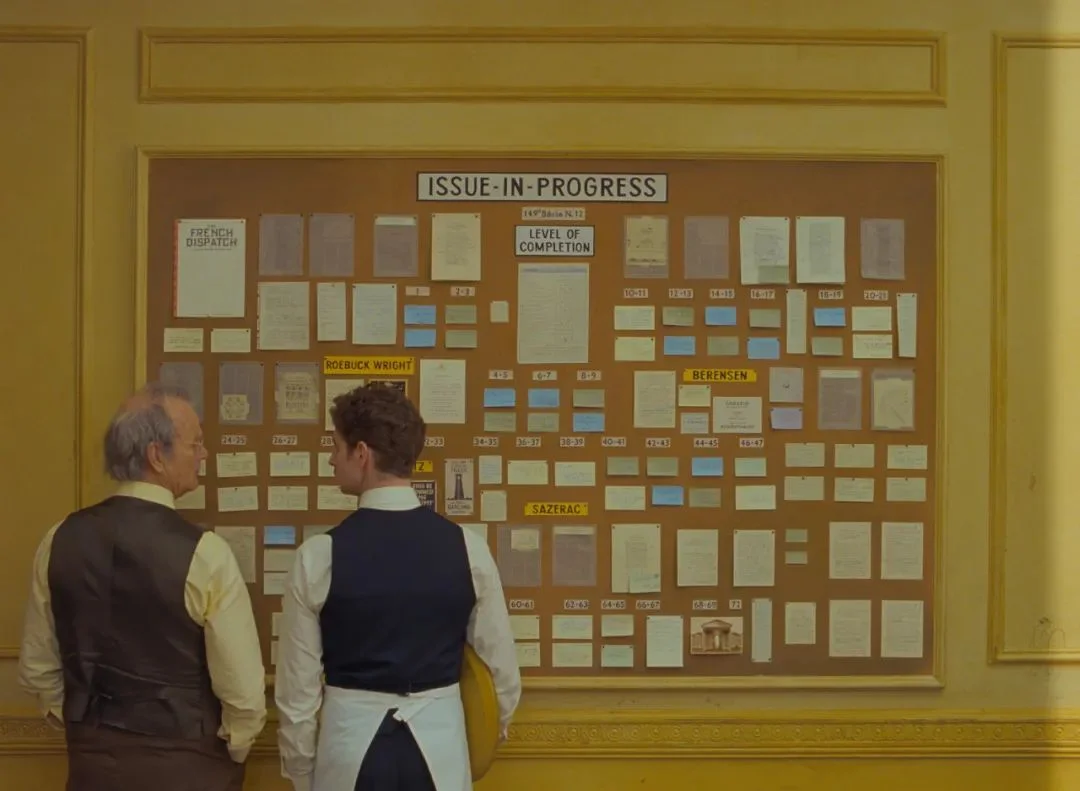
This “The French Dispatch” also allows the audience to discover another important resource input on Wes Anderson’s cultural interests – the famous “The New Yorker” magazine.
It’s not hard to see that the entire setting of “Kansas Evening Sun” is a parody and tribute to “The New Yorker”: a generous and uniquely judged editor/boss, a group of elite famous writers, a set of unique magazines. Publication standards and evaluation systems, an almost anthropological perspective on caring.
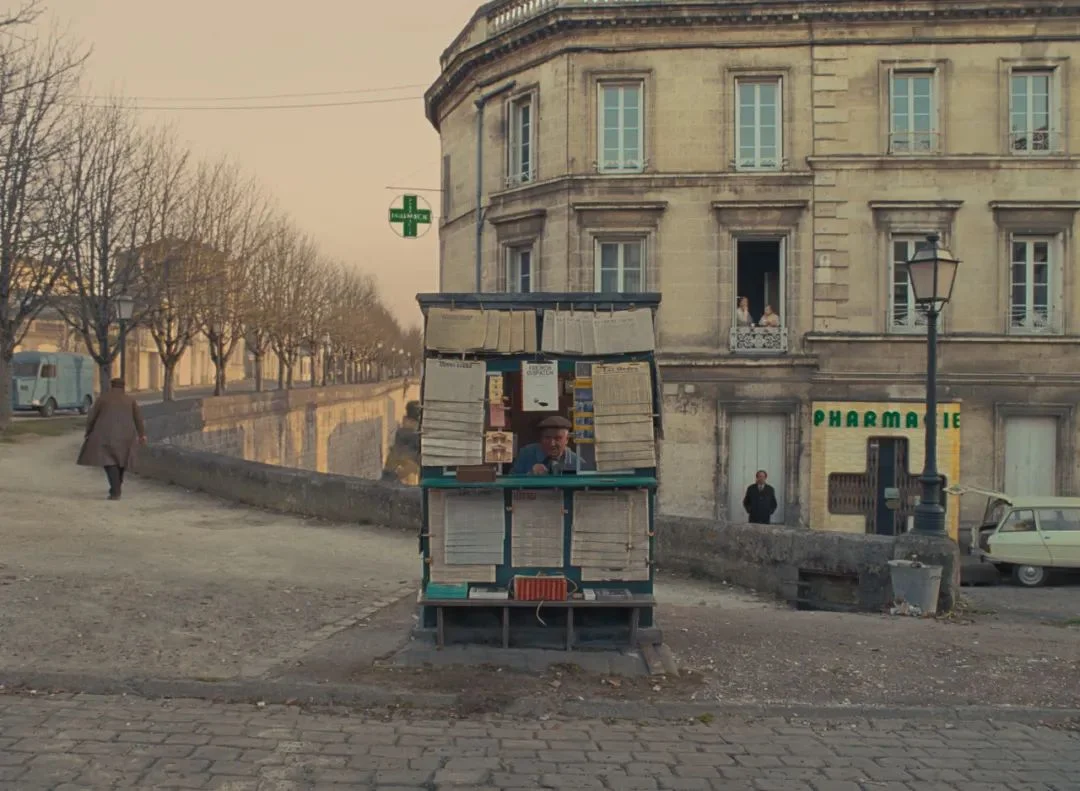
It is not surprising that Wes Anderson has always been a nostalgic person. Making a movie and saying goodbye to the dying paper media is a romantic move he is good at.
Related Post: Wes Anderson’s “The French Dispatch” releases new clips and new behind-the-scenes specials.
